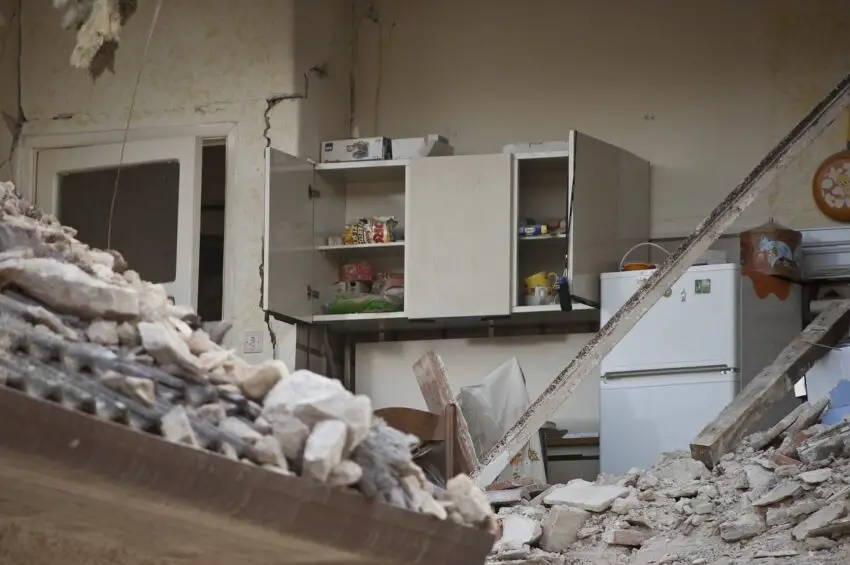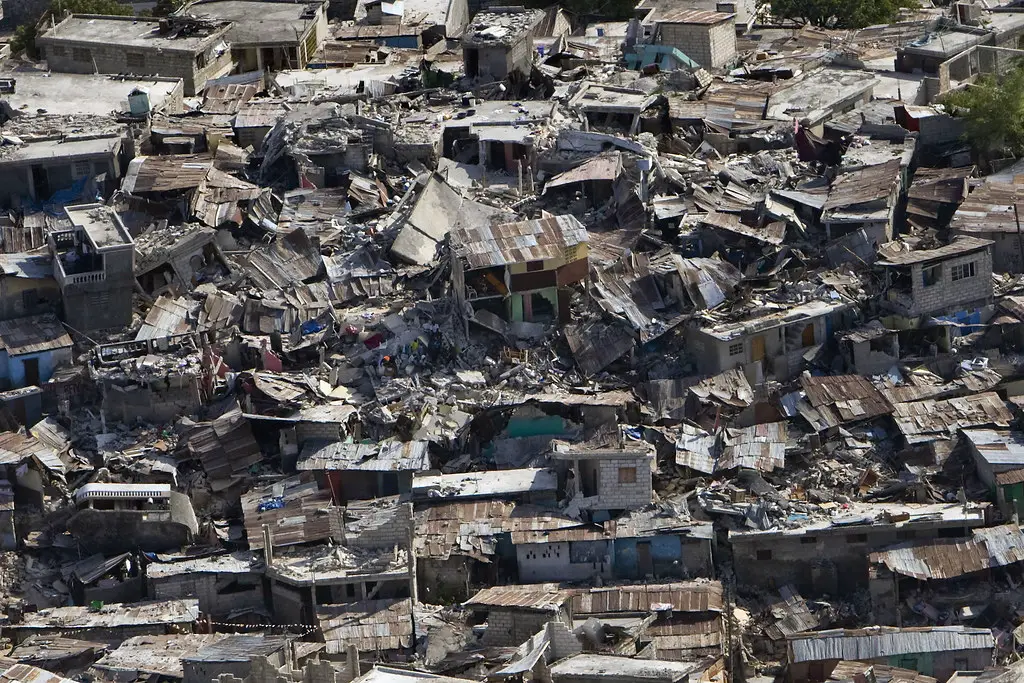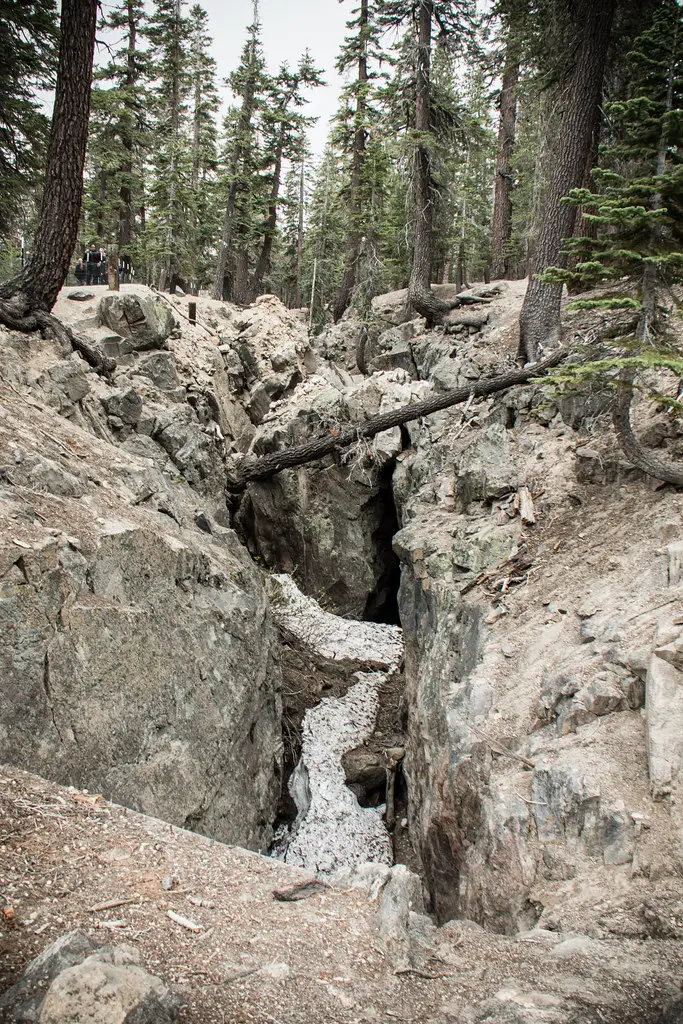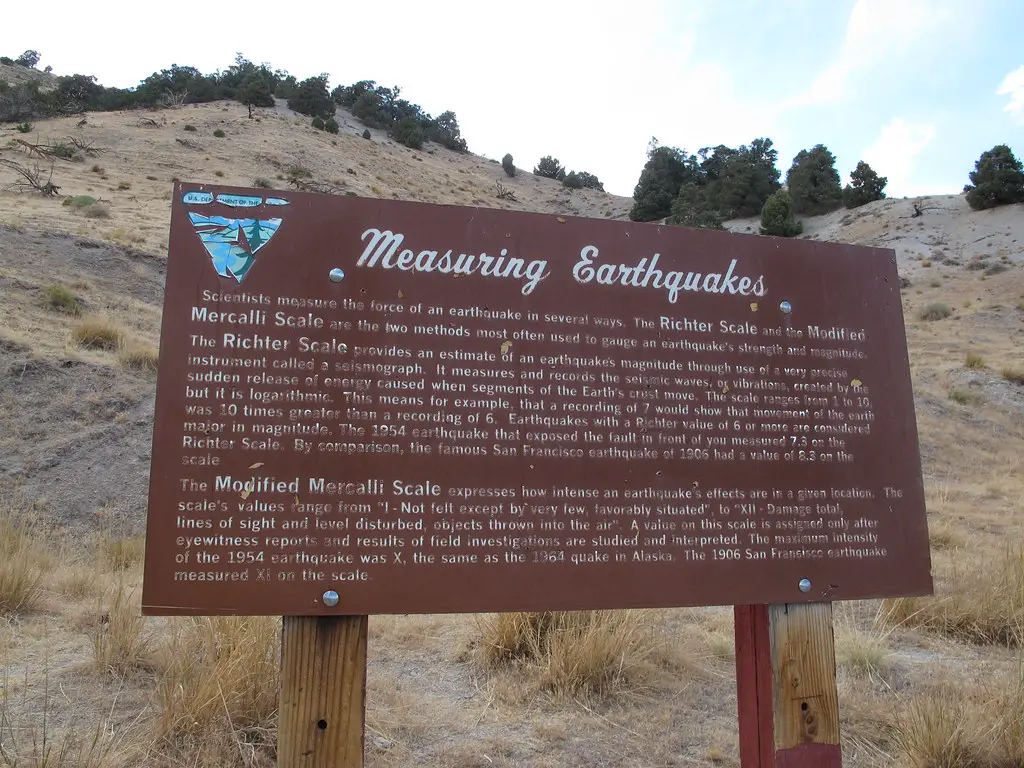Earthquakes cause the earth to shake. It can hit anytime and anywhere. Furthermore, it can strike at different levels of intensity. The unpredictability of this natural disaster makes it even more dangerous and destructive. The shaking of the earth is caused naturally by seismic waves that are produced after the crust of the earth suddenly releases energy. In order to understand the different aspects of this natural activity, it is important to know why earthquakes happen.
What are earthquakes?
Table of Contents
Earthquakes are a natural phenomenon that occurs when the Earth’s surface begins to shake or vibrate. They are caused by the sudden release of energy that builds up in the Earth’s crust over time. Most earthquakes occur along fault lines, which are fractures in the Earth’s crust where two plates meet. When the plates shift or move past each other, it can cause an earthquake.

Earthquakes can vary in size and intensity, ranging from small tremors that go unnoticed to large, devastating events that can cause massive destruction and loss of life. The magnitude of an earthquake is measured using the Richter scale, which ranges from 0 to 10. Each increase in magnitude represents a tenfold increase in the earthquake’s power and severity.
While earthquakes can occur anywhere in the world, some areas are more prone to earthquakes than others. The Pacific Ring of Fire, for example, is a region where many earthquakes and volcanic eruptions occur due to the movement of tectonic plates.
How do earthquakes happen?
Earthquakes are a natural occurrence that happens when the earth’s tectonic plates, which are massive slabs of rock that make up the earth’s crust, move or shift in different directions. The earth’s crust is made up of several tectonic plates that sit on top of the molten mantle.
When the plates move in different directions, there is a build-up of pressure at the plate boundary. This pressure is released in the form of seismic waves, which is what we feel as an earthquake.
The magnitude of an earthquake is determined by the amount of energy released during this process. The energy is measured using a seismometer, which is a device that records the vibrations caused by seismic waves.
Earthquakes can happen at any time and anywhere, but they are more likely to occur in areas where tectonic plates meet, such as along fault lines. These fault lines are essentially cracks in the earth’s crust where two tectonic plates meet and rub against each other.
There are different types of earthquakes, including shallow, intermediate, and deep earthquakes. Shallow earthquakes occur within the first 30 km of the earth’s surface, while intermediate earthquakes occur between 30 and 70 km deep. Deep earthquakes occur between 70 and 700 km deep and are the least common type of earthquake.
Major Causes of Earthquakes
Why do earthquakes happen? Two things can start this kind of natural disaster. First, scientists have found some close connections between this event and volcanic eruptions. Evidently, places that are near volcanoes tend to experience more tremors. When there are volcanic activities, always expect movements or shaking on the ground. If there are violent volcanic activities, expect stronger earthquakes thereafter.

The second major reason behind this natural disaster is tectonic activity. When the faults and plate margins move, they cause varying intensities of earthquakes. When these movements are strong, expect the higher-intensity of tremors on the ground. Most earthquakes fall under this class. The magnitude of this natural activity can be measured using two different types of scales, namely the Richter Scale and the Mercalli Scale.
Explosive volcano eruptions produce tremors but are of limited extent. For instance, people can feel the tremors from an eruption only if they are at least 10 to 20 miles away from the base of the volcano. On the other hand, tectonic movements can produce tremors that can be felt all throughout the world.
Where do earthquakes occur?
Earthquakes happen all over the world, but they are more common in certain areas. The majority of earthquakes occur along tectonic plate boundaries. Tectonic plates are sections of the Earth’s crust that float on top of the molten mantle below. These plates move and shift over time, which can create stress and pressure between them. When the pressure becomes too great, it can cause the plates to suddenly slip or slide past each other, resulting in an earthquake.
The Ring of Fire is one of the most active earthquake zones in the world. It’s a horseshoe-shaped area that surrounds the Pacific Ocean, and it includes countries such as Japan, Chile, and the United States. The Ring of Fire is home to many active volcanoes as well, which is why it’s such a hot spot for earthquakes.
Another common area for earthquakes is along the Mid-Atlantic Ridge, which is where the North American and Eurasian tectonic plates meet. This area is responsible for many of the earthquakes that occur in Europe and parts of Asia.
Earthquakes can also occur in areas that aren’t near plate boundaries, such as in the middle of continents. These are known as intraplate earthquakes and can be caused by a variety of factors, such as changes in groundwater pressure or the movement of magma beneath the Earth’s surface.
What is the difference between an earthquake’s focus and its epicenter?
When we talk about earthquakes, we often hear about the focus and epicenter. These two terms may sound similar, but they are actually different things. The focus, also known as the hypocenter, is the exact point where the earthquake originates from beneath the Earth’s surface. This is where the seismic waves are released and spread outwards in all directions. On the other hand, the epicenter is the point on the surface of the Earth above the focus. It is the point that is closest to the focus and where the earthquake is felt the strongest.
Think of it this way: the focus is like a light bulb that is turned on deep beneath the ground, while the epicenter is the spot directly above the light bulb on the surface of the Earth. Understanding the difference between the focus and epicenter is important because it helps scientists to determine the location and magnitude of an earthquake. They use seismographs to measure and record the seismic waves, and by analyzing the data collected from multiple stations, they can pinpoint the location of the earthquake’s focus and epicenter.
What is a fault line?
A fault line is a fracture or a break in the earth’s crust that occurs due to tectonic plate movements. When the plates move, they create a lot of pressure, which builds up over time until the rock breaks and moves suddenly along the fault line. This sudden movement releases energy in the form of seismic waves, which cause the ground to shake and create an earthquake.

There are three main types of fault lines: normal faults, reverse faults, and strike-slip faults. Normal faults occur when the hanging wall (the block of rock above the fault line) moves down relative to the footwall (the block of rock below the fault line). Reverse faults occur when the hanging wall moves up relative to the footwall. Strike-slip faults occur when the two blocks of rock move past each other horizontally.
Earthquakes can occur on any type of fault line, but the type of fault will affect the type of earthquake that is produced. For example, normal faults tend to produce earthquakes with a lot of vertical movement, while strike-slip faults tend to produce earthquakes with more horizontal movement.
What are the different types of fault lines?
Fault lines are areas of weakness in the earth’s crust, where tectonic plates move and interact with each other. There are three main types of fault lines – normal, reverse, and strike-slip faults.
Normal faults
Normal faults occur when the hanging wall drops down relative to the footwall due to tensional forces. This type of faulting is common in areas where the earth’s crust is being stretched, such as along mid-ocean ridges or in rift zones.
Reverse faults
Reverse faults, on the other hand, occur when the hanging wall moves up relative to the footwall due to compressional forces. This type of faulting is common in areas where the earth’s crust is being compressed, such as along convergent plate boundaries where one plate is being subducted beneath another.
Strike-slip faults
Strike-slip faults occur when two plates slide past each other horizontally. This type of faulting is common in areas where the earth’s crust is being sheared, such as along transform plate boundaries.
What is an aftershock?
An aftershock is a smaller earthquake that occurs after a larger earthquake (called a mainshock) in the same area. Aftershocks can occur minutes, hours, days, or even weeks after a mainshock.
Aftershocks happen because the movement of the mainshock changes the stress in the surrounding rocks. This new stress can cause additional faults in the area to slip, creating new earthquakes.
Aftershocks can be just as dangerous as the mainshock, especially if they occur in areas that have already been damaged. Scientists can use aftershocks to better understand the mainshock, including its size, location, and direction of the fault movement.
How are earthquakes measured?
To measure earthquakes, scientists use a tool called a seismometer. A seismometer is a sensitive instrument that can detect the vibrations caused by an earthquake. It is usually placed on the ground or in a deep hole to detect the waves that travel through the Earth’s crust. The waves are then recorded on a seismogram which is a graph that shows the intensity and duration of the earthquake.

The magnitude of an earthquake is measured using the Richter scale, which was developed by Charles Richter in the 1930s. The Richter scale is a logarithmic scale that ranges from 0 to 10, with each increase of one representing a tenfold increase in the magnitude of the earthquake. For example, an earthquake measuring 7 on the Richter scale is 10 times more powerful than an earthquake measuring 6.
Another way to measure earthquakes is by using the Mercalli intensity scale. This scale measures the effects of an earthquake on people, buildings, and the environment. It ranges from I to XII, with I being the least intense and XII being the most intense. The Mercalli scale takes into account factors such as the distance from the epicenter, the depth of the earthquake, and the local geology.
What is the Richter scale?
The Richter scale is a measurement system used to determine the magnitude of an earthquake. It was developed by Charles F. Richter in 1935 and is still widely used today. The scale ranges from 0 to 10, with each whole number representing a tenfold increase in the size of the earthquake.
For example, an earthquake with a magnitude of 5.0 is ten times stronger than one with a magnitude of 4.0. The largest earthquake ever recorded, the 1960 Valdivia earthquake in Chile, registered a magnitude of 9.5 on the Richter scale.
It’s important to note that the Richter scale only measures the strength of an earthquake, not its actual impact on people and structures. An earthquake with a lower magnitude can still cause significant damage if it occurs in a populated area with poorly constructed buildings.
There are also other scales used to measure earthquakes, such as the Moment Magnitude Scale, which takes into account the area of the fault that ruptured and the amount of energy released. However, the Richter scale remains the most well-known and widely used method of measuring earthquake magnitude.
Earthquake safety tips for kids.
It’s important for kids to learn about earthquake safety tips to ensure they know what to do during an earthquake. Here are some tips that can help kids stay safe during an earthquake:
- Drop, Cover, and Hold On: The first and most important thing to do during an earthquake is to drop down, get under a desk or table, and hold on until the shaking stops. This will help protect you from falling objects and other dangers.
- Stay away from windows and heavy furniture: During an earthquake, windows can break and heavy furniture can fall over. It’s important to move away from these objects to avoid injuries.
- Stay indoors until the shaking stops: It’s not safe to go outside during an earthquake as there may be falling debris or other hazards. Stay inside until the shaking stops and it’s safe to leave.
- If you’re outside, move away from buildings and trees: If you’re outside during an earthquake, move away from buildings and trees as they can be dangerous during an earthquake.
- Listen to instructions from adults: It’s important to listen to instructions from adults during an earthquake. They will know what to do and how to keep you safe.
We hope you enjoyed our blog post about earthquakes and the science behind them! We believe that it’s important for kids to understand the world around them, and that includes understanding natural disasters like earthquakes. By learning about earthquakes, we hope that kids will feel more prepared and less afraid if they ever experience one. We encourage you to continue teaching your kids about the science behind the world we live in, and who knows, maybe they will become scientists one day!
